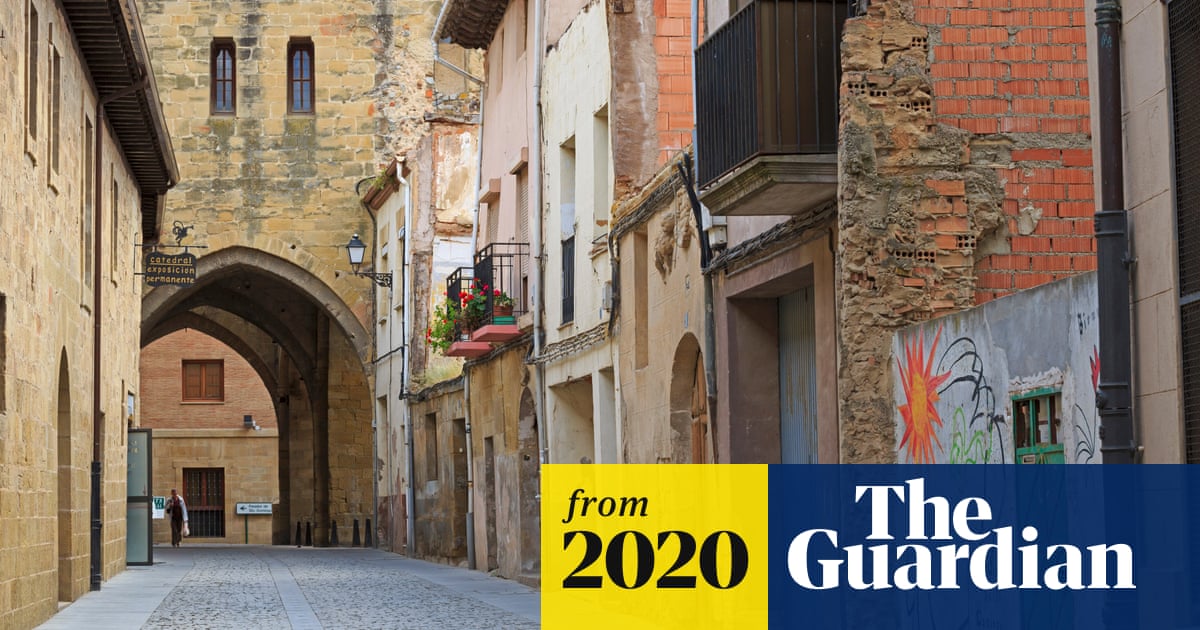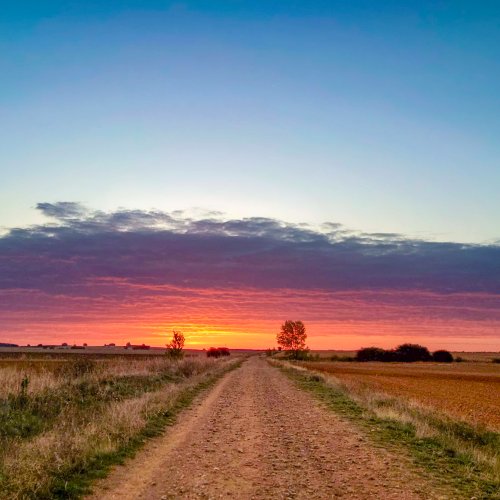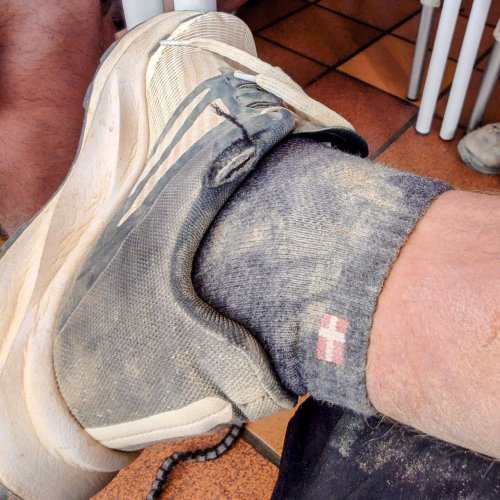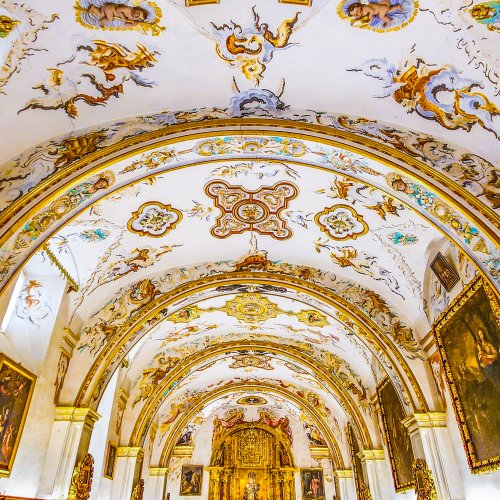It is a good article but some of it makes me feel uneasy. I know that you have to find an angle at the beginning of an article that will catch your readers' attention, otherwise you've lost them right away.
Here it is the words of one María José Dueñas who
told stories of police clambering through windows to rescue the dying, who were too weak to open their doors. This may give you the impression that it happened in Santo Domingo de la Calzada or in La Rioja which isn't the case.
Several paragraphs later you read that
elsewhere in the country, military units were discovering care home residents “completely abandoned, sometimes even dead in their beds”, the defence minister Margarita Robles told reporters and there is a link to a BBC News article of 24 March 2020
. I remember reading about this in March and how horrified I was, even more so as it does not fit our image of Spain taking particular care of their elderly and despite the fact that I was already aware of the ravages that the disease had caused in homes for the elderly in several countries, including in my home town, and that staff and authorities everywhere had been ill prepared for this onslaught.
Googling for reports about the incidence now I find a 28 May article by the Associated Press that describes it in this way:
Zoilo Patiño was just one of more than 19,000 elderly people to die of coronavirus in Spain’s nursing homes but he has come to symbolize a system of caring for the country’s most vulnerable that critics say is desperately broken.
When the Alzheimer’s-stricken 84-year-old succumbed in March on the same day 200 others died across Madrid, funeral homes were too overwhelmed to take his body and he was instead left locked in the same room, in the same bed, where he died.
Spanish army disinfecting teams going through the Usera Center for the Elderly more than 24 hours later were stunned to come across Patiño’s body and it made headlines around the world, with the country’s Defense Minister Margarita Robles describing “elderly abandoned, if not dead, on their beds.”
It is still dreadful to read this but it shows, I think, that one should not go by just one line one reads somewhere. It's not fake news, and it's not wrong news, it's just that one writer and one article and your attention span can only deal with tiny facets of these huge events.

 www.theguardian.com
www.theguardian.com



























